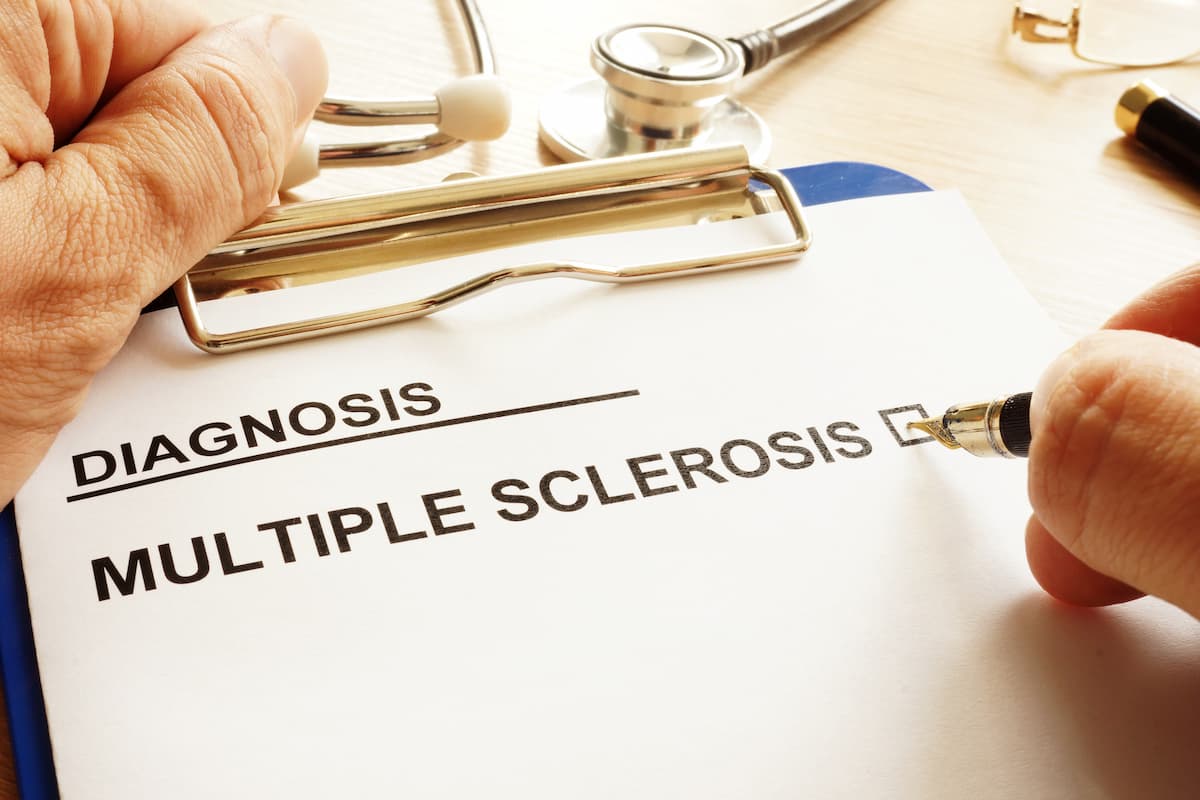Article
Is Stress Cardiomyopathy a Sign of Multiple Sclerosis?
Author(s):
A new case report highlights the potential links between certain acute cardiac issues and the early stages of multiple sclerosis.
Young patients with unexplained acute cardiac complaints may be experiencing the first signs of multiple sclerosis (MS), according to a new case study outlining a patient for whom this scenario proved true.
Researchers at the University of Ulm, in Germany, encountered a 19-year-old male patient who was taken to the university hospital’s emergency department with severe dyspnea. The patient’s case is reported in BMC Neurology.
Under examination, physicians noted that the cardiac biomarkers troponin T and NT-proBNP were elevated, and transthoracic echocardiography indicated impaired left ventricular function and basal hypokinesia. The patient was given nebivolol and candesartan. Three days later, an MRI showed that the left ventricular function had been restored to normal, and no evidence of acute myocarditis was found. Further testing allowed physicians to exclude myocardial infarction and endocarditis.
However, the patient was demonstrating new symptoms. In particular, he began to complain of vertigo. The patient was given a neurological examination, which revealed nystagmus, hyperreflexia of the lower limbs, and an unsteady gait. The patient also reported that he had experienced paraesthesia of the entire left side of his body and in his right arm and leg as early as 5 days before arriving in the hospital. That prompted physicians to perform MRIs of his brain and spine. That imaging indicated supra- and infratentorial, as well as spinal T2-hyperintense lesions, according to the authors. After additional testing, the patient was diagnosed with MS and started on methylprednisolone at a dosage of 1 g/day for 5 days. The patient fully recovered in the hospital and was prescribed Teriflunomide (14 mg/day). Five months later, a stress-ECG and echocardiography showed no abnormalities. The patient reported no evidence of relapse in his first 6 months on the therapy.
Corresponding author Makbule Senel, MD, and colleagues note that their diagnosis came after a number of other potential causes of the patient’s stress cardiomyopathy were ruled out. They say emotional stress or excessive endogenous secretion can lead to stress cardiomyopathy, but write that the exact pathophysiological mechanisms underlying the condition are not fully understood.
The potential link to MS is a newer insight that has come about from other case reports linking brainstem lesions to stress cardiomyopathy. The reasons for the link are not fully understood, but the authors offer a hypothesis.
“It is known that some areas which regulate the autonomous nervous system are located in this area of the brainstem,” the authors write. “Pontomedullary lesions may thereby cause excessive catecholamine secretion and lead to an increased vulnerability for stress cardiomyopathy.”
As for the patient’s elevated levels of troponin, the authors report that it is unlikely that this increase was caused directly by a brainstem lesion. They note that the patient also showed increased levels of serum neurofilament, which is known to be a marker of neuroaxonal injury.
The authors conclude by cautioning that prospective studies would need to be performed to validate the hypothesis that MS might cause stress cardiomyopathy.
“However, as a consequence of the mentioned cases, we recommend obtaining a detailed neurological history and examination in young patients with unexplained acute cardiac complaints,” they write.
Reference
Rapp D, Keßler M, Pinkhardt E, Otto M, Tumani H, Senel M. Stress cardiomyopathy associated with the first manifestation of multiple sclerosis: a case report. BMC Neurol. Published online June 4, 2020. doi:10.1186/s12883-020-01757-6





